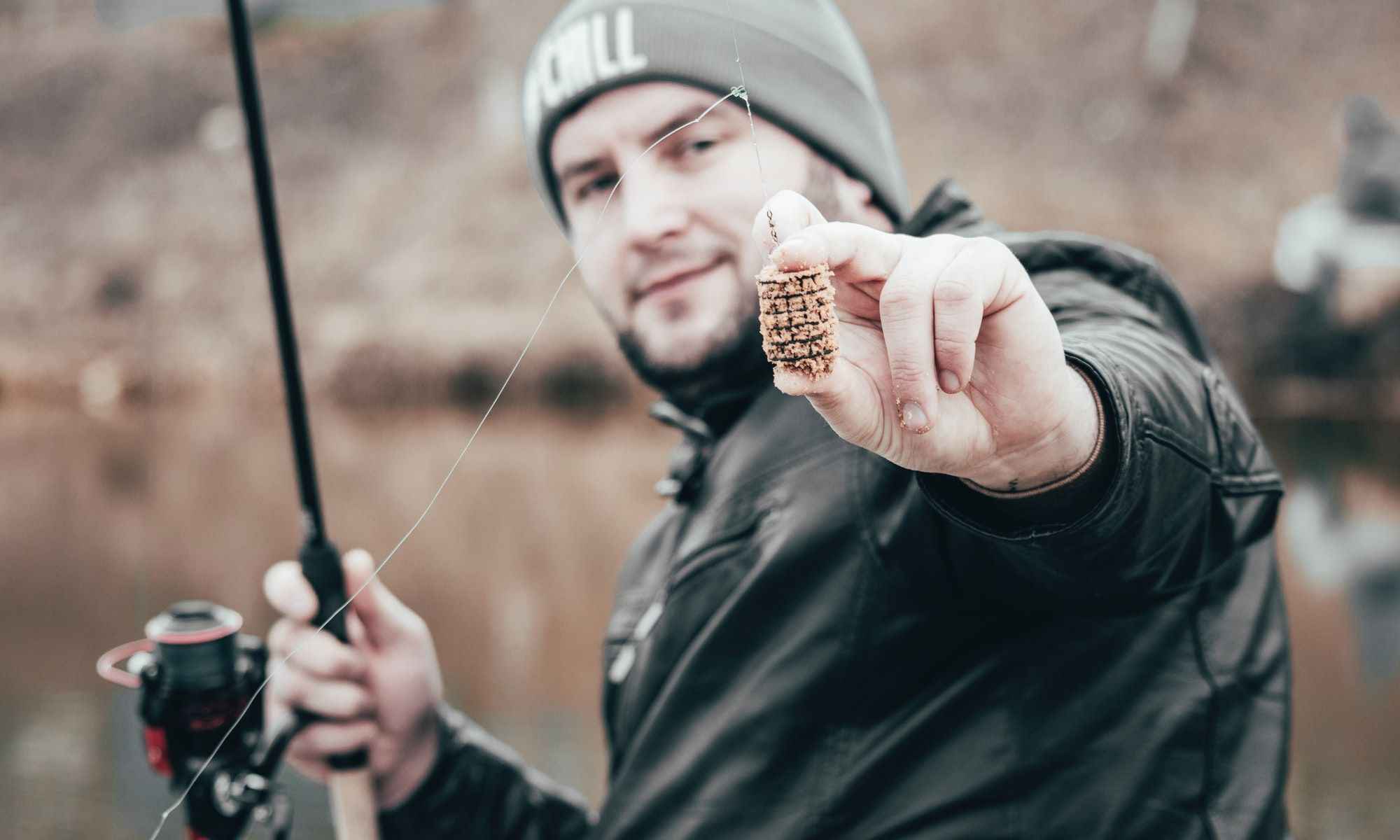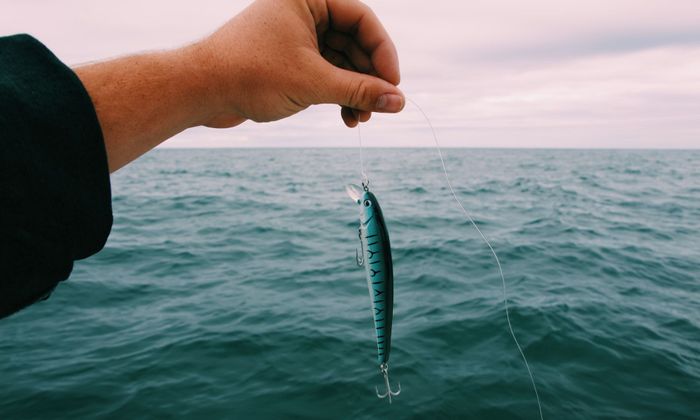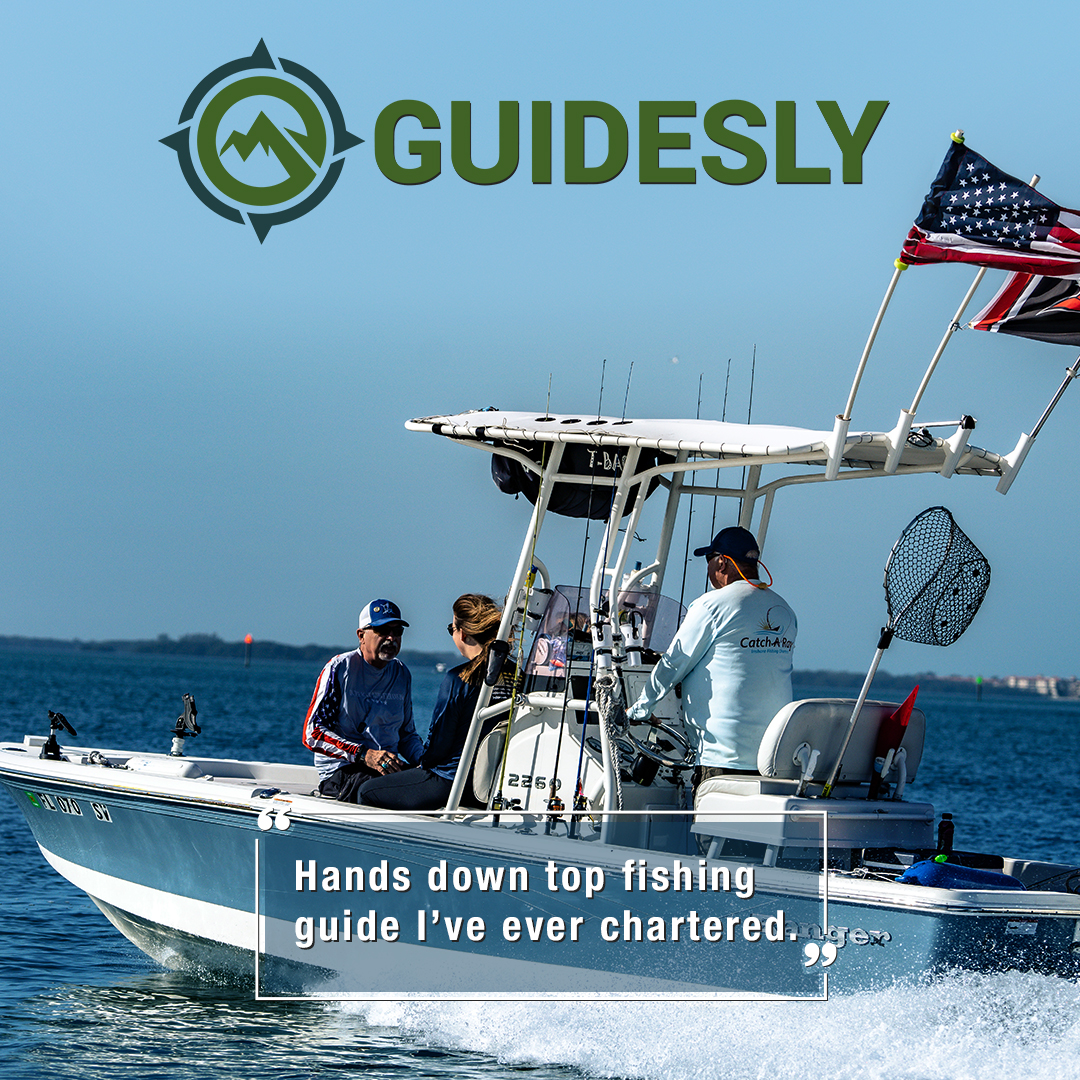5 Baits to Use for Winter Fishing
Check out these 5 baits best suited to ice fishing and expect a more fruitful fishing activity on your next trip.

Fishing during the wintertime is very different from fishing during any other time of the year. The weather is obviously the biggest factor as it drastically changes compared to summer, spring, and fall. There is great emphasis on keeping warm as well as the differences in fish activity during this time. Winter is when most fish, with the exception of some species of trout, are not as active. The cold slows down their metabolism, which in turn lessens their need to eat, which is why most fish tend to feed a lot more during fall, in preparation for winter. Given their lessened activity, approaching wintertime fishing the same way most would during other seasons is a big mistake. For example, when ice fishing, most anglers will often use fish finders and actively search around the area of the frozen water body. Another method is switching up baits and lures. Fish will barely take the bait during this time because they rarely need to eat. Anglers will need to use bait enticing enough for fish to eat.
We Bring You 5 Baits to Use for Winter Fishing
1. Jerkbaits
Out of all the options for anglers in the winter, jerkbaits are the most common to use, specifically when targeting bass. Most times during the season, the water will be clearer compared to other seasons. As jerkbaits work best in clear water, these make them perfect for winter, when plankton and other organisms aren’t as plentiful. When using these baits, it’s best to suspend them and use as little motion as possible. Presenting a bass with actively moving bait will discourage the sluggish from attempting to bite. It’s best to emulate a dying shad. It’s best to make the bait look as easy to catch as possible, but not entirely stopping movement.
When catching bass, it’s best to use jerkbait in a size range of about 3-5 inches. As fish are mostly found deeper in the water during this time of the year, a sinking jerkbait is best used. Anglers will also have a choice of getting silent or rattling variants, as well as jerkbaits with different types of colors. There isn’t any preferred type of jerkbait, but it’s best not to overwhelm the bass with too much bait activity.

2. Crankbait
More specifically, choose a lipless crankbait. These baits are made to rattle using their flat sides to wobble and vibrate when being reeled in. Most crankbait comes with two treble hooks on each end as well as coming in with different colors that match baitfish like shad, crawfish, and perch that predators usually feed on. These baits are versatile as anglers can employ different techniques when using them.
When used in winter, these crankbait imitate shad found enduring this season very well with their subtle movements. It’s best to keep the hooks on the jerkbait sharp. Cold water will toughen the mouths of many fish. Using cheap or dull hooks will not be enough to cling on to them, enough to reel them in. Sharpening them before going on a fishing trip is great but preparing a good number of hooks is also recommended. Most fish will go deep underwater and there will be times where hooks will hit rocks enough to dull them. When choosing which color of crankbait to get, the rule of thumb is to get brighter colored ones for semi-clear to muddy water and to use regular shad-like crankbaits for clear water.
3. Jig
This next bait is one of the most versatile artificial lures most anglers use. Jigs are weighted lures with metal poured into the mold, usually made out of rubber or soft plastic. Popular jigs are usually made out of lead or tungsten. These bait can have a variety of weights from something as light as 1/100th of an ounce to 2 ounces. Using a jig creates a jerky, vertical motion that can be used on fish both in freshwater and saltwater. They can also be used in depths of 30 to 250 meters, with shore jigging being a popular variation of using the bait.
When casting a jig, it’s best to have a slow drag on its way to cover. It’s also good to use jigs with less moving action and mostly fixed imitation pincers and protruding parts. As jigs are good to use in depths, it’s best to move them slowly through rocky parts of the water where fish usually reside. Pitching and flipping jigs in weedy areas is also a good tactic.
4. Umbrella Rig
Otherwise known as the A-Rig, this multi-stranded bait rig was first introduced in 2011. Using its multiple wires, blades, and hooks, it mimics an entire school of baitfish out in open water. There is a specific way anglers set-up the baits used by the rig. Anglers cannot just put the lures wherever they please. The most basic set-up for an umbrella rig is having the dummy bait without hooks at the very front, nearest to the line, and slightly more elevated than the rest. Beneath them, and a little further will be the medium-sized bait with hooks. Finally the biggest bait trails behind all of them.
For fish that have little reason to expend energy during winter, seeing an entire school of fish slowly moving is an enticing offer, enough to get them to bite. However, anglers should know that different states have regulations for the umbrella rig. For example, Missouri only allows up to 3 lures on an umbrella rig. It’s best to research the rules of using the rig before heading out.

5. Spinnerbait

Like the previously mentioned jig, the spinnerbait can be used in all sorts of conditions and with different techniques. Also known as safety pin lures, the spinnerbait has a weighted head coupled with a wire frame with a hook attached. Its namesake comes from its spinning blades.
A slow roll spinnerbait is a preferred choice for anglers looking to fish during winter. Like many of the baits mentioned above, the slow roll is meant to be a slow reeling motion that doesn’t spook fish. The bait’s spinning blades produce vibrations that catch the fish’s attention, and luring it into biting. Choosing a line that goes with spinnerbait depends on the type of water. A line that can handle 14 lbs will be enough for clear waters. Otherwise, a line that can hold 17 lbs to 20 lbs will serve an angler well.
Patience is Key in Winter Fishing
There are many baits to choose from when trying to catch fish during winter. Though all of them have their own different styles of use as well as color variations and sizes, the key common factor for fishing during this season is having patience. As stated time and time again, fish are seldom active during this time. They have little need to eat and more so move thus, making them extra vigilant or even outright passive against the bait. But as a lot of fish have stocked up for the winter season, those who can patiently wait for a catch will be rewarded with a hefty catch.




